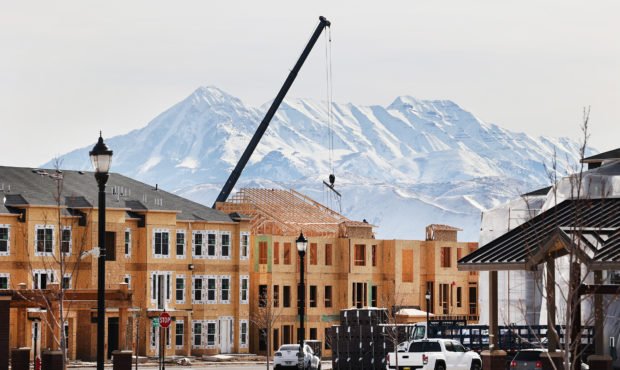
Right now, Utah’s housing market favors owners looking to upgrade, not first-timers.
Heading into May 2023, Utah real estate sales have declined by 20-30% over the last year.

Utah’s Rental Shortage
Introduction:
Utah’s housing market has been experiencing a rental shortage that has created challenges for both tenants and landlords. With a growing population and increasing demand for affordable housing, it’s crucial to understand the causes of this shortage and explore potential solutions. In this blog post, we will delve into the factors contributing to Utah’s rental shortage and discuss possible strategies to address this pressing issue.
1. Population Growth:
Utah’s population has been steadily increasing, driven by factors such as job opportunities, a high quality of life, and a thriving economy. However, this rapid growth has put significant pressure on the housing market, leading to a shortage of available rental units. As more people move to the state, the demand for housing surpasses the supply, resulting in increased competition and rising rental prices.
2. Limited Construction:
One of the key factors exacerbating Utah’s rental shortage is the limited construction of new rental properties. Various challenges, including zoning regulations, land availability, and construction costs, have hindered the development of affordable housing options. Additionally, the focus on single-family homes has often overshadowed the need for multifamily and rental properties, further aggravating the rental shortage.
3. High Cost of Living:
Utah’s growing economy has brought numerous benefits, but it has also led to a higher cost of living. Rising home prices and rental rates have made it increasingly difficult for individuals and families to find affordable housing. This has resulted in a higher demand for rental units, putting additional strain on an already limited supply.
Potential Solutions:
a. Encouraging Affordable Housing Initiatives:
State and local governments can play a vital role in promoting the construction of affordable housing units. This can be achieved through various incentives, such as tax breaks or reduced regulations, to incentivize developers to prioritize affordable housing projects. Collaborations with nonprofit organizations and public-private partnerships can also help create affordable rental options.
b. Streamlining Construction Processes:
Addressing regulatory barriers and streamlining construction processes can encourage the development of new rental properties. Simplifying permit procedures and zoning regulations can expedite the construction timeline and lower costs for developers. Local municipalities can also consider revising zoning codes to allow for more diverse housing options, including multifamily units and accessory dwelling units.
c. Rental Assistance Programs:
Implementing or expanding rental assistance programs can provide relief to individuals and families struggling to afford housing. Subsidies, vouchers, or rental assistance grants can help bridge the affordability gap and reduce the burden on low-income households. Public-private partnerships can be formed to fund and administer these programs effectively.
d. Collaboration with the Private Sector:
Engaging with private developers and landlords can foster collaboration and encourage the construction of more rental properties. Public-private partnerships can leverage the expertise and resources of both sectors to address the rental shortage effectively. Incentives such as tax incentives or expedited permitting processes can attract private investment in rental housing projects.
Conclusion:
Utah’s housing rental shortage is a complex issue driven by population growth, limited construction, and a high cost of living. By implementing a combination of strategies, including promoting affordable housing initiatives, streamlining construction processes, expanding rental assistance programs, and fostering collaboration with the private sector, Utah can work towards alleviating the rental shortage and ensuring access to affordable housing for all. It is crucial for policymakers, community leaders, and stakeholders to come together and take proactive measures to address this pressing issue and create a sustainable housing market for the future.
